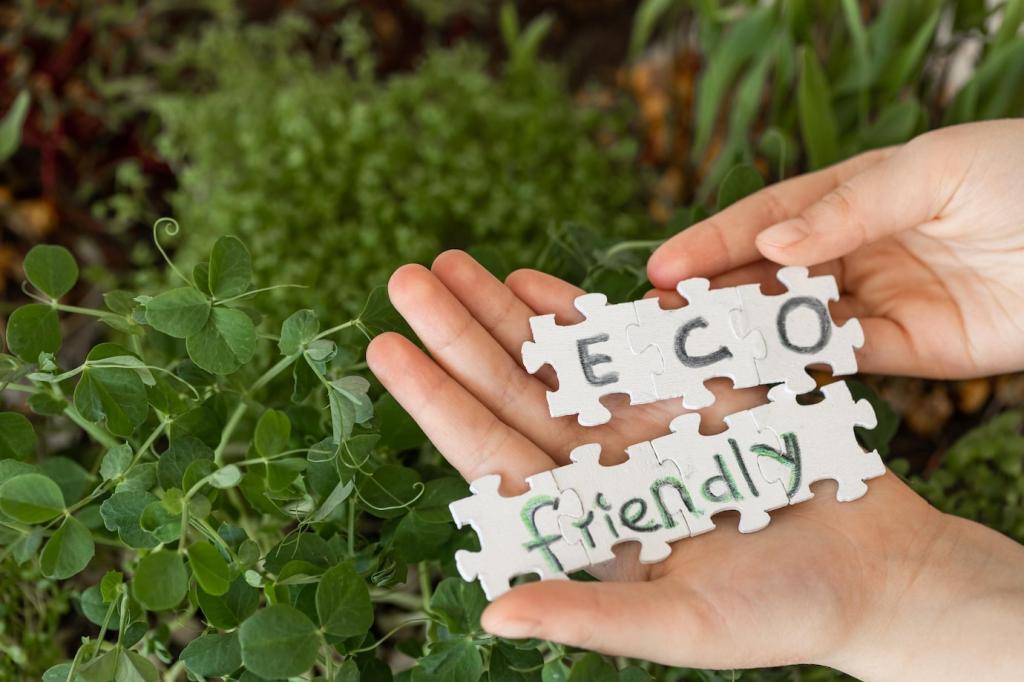Designing a Sustainable Visual Identity
Skip the predictable leaves and overused earthy palettes. Sustainable branding strategies thrive on distinctiveness: colors that suit your category, type that reads well, and layouts that prioritize clarity. Signal responsibility through restraint, legibility, and helpful content rather than decorative environmental tropes.
Designing a Sustainable Visual Identity
Design backward from disposal. Minimize materials, maximize recycled content, and print with plant-based inks. Add scannable instructions for disassembly and local recycling options. Treat every surface as storytelling space to explain choices, costs, and benefits, inviting customers to participate in circular habits.
Designing a Sustainable Visual Identity
Accessibility is sustainability for people. Choose color contrasts that work in sunlight, font sizes for all ages, and alt text that respects screen readers. Inclusive design reduces returns, increases satisfaction, and communicates a brand ethic that values every customer’s ability to participate.





